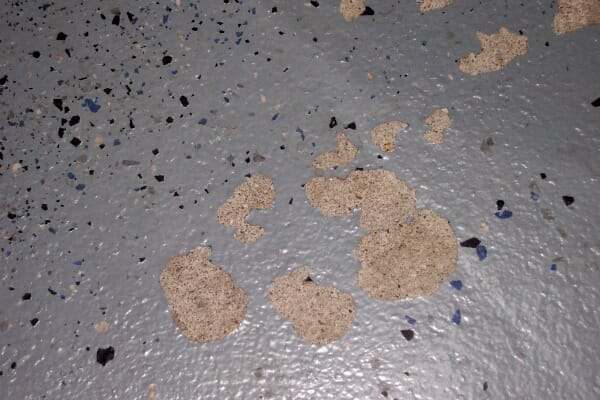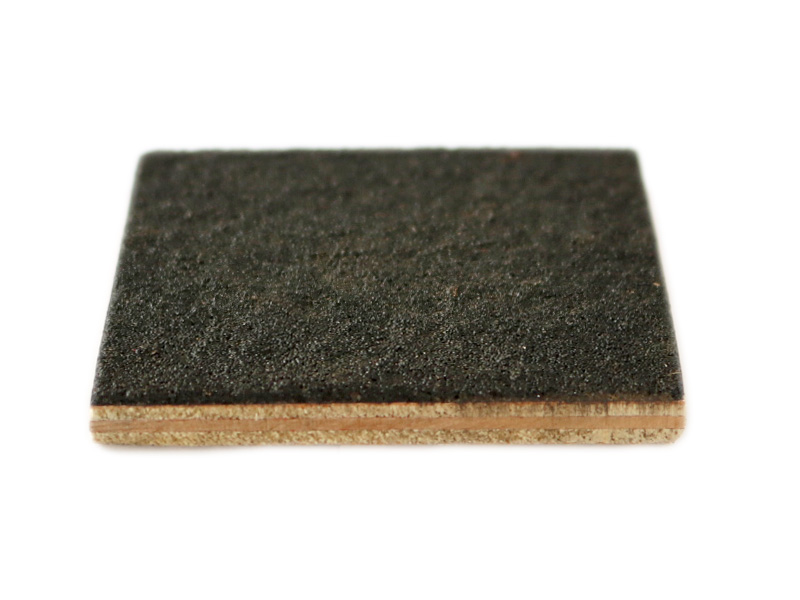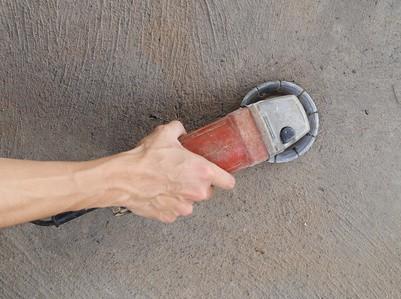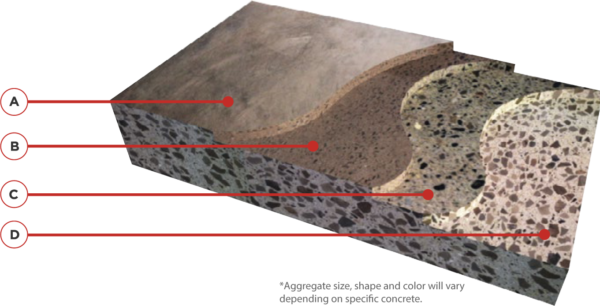Slurry seals are used to fill existing pavement surface defects as either a preparatory treatment for other maintenance treatments or as a wearing course there are three basic aggregate gradations used in slurry seals.
Do i sand the floor after the slurry seal.
Number or otherwise label each piece as you remove it to make it easier to put it back after refinishing the floor.
Slurry seal is applied in order to help preserve and protect the underlying pavement structure and provide a new driving surface.
Slurry seal is ideal for deteriorated heavily used roadways and streets where vehicles travel at high speeds.
Sealcoat with silica sand can be used to replace aggregate that has started to ravel.
A slurry seal is a homogenous mixture of emulsified asphalt water well graded fine aggregate and mineral filler that has a creamy fluid like appearance when applied.
Roads chosen for slurry seal applications generally have low to moderate distress and narrow crack width.
To seal concrete floors use an epoxy sealer if you want something durable that comes in a variety of colors.
Also using concrete friendly snowmelt chemicals in conjunction with the sand helps eliminate snow or ice that can make a slippery surface even more dangerous.
Almost any sand that is available at big box or hardware stores will work.
Unlike asphalt sealing sand slurry sealcoating has a non slip jet black texture once it s completely cured.
Rough imperfections may require the use of a special diamond disc and a concrete floor grinder.
Slurry seal applications serve to seal the cracks restore lost flexibility to the pavement surface provide a.
For indoor concrete floors that won t be exposed to oil or grease use an acrylic sealer which is easy to apply.
Sealcoat is best for low speed and traffic areas such as parking lots and driveways.
Slurry seal vs seal coat which of these sealing options is right for your road paving asphalt driveways parking lots or playgrounds while the terms are often used interchangeably because both protect and extend the life of your asphalt surfaces the two applications are different.
Do not let the slurry dry on the concrete because it will harden in place.
The best temporary measure for dealing with slippery sealed surfaces is to broadcast sand over the affected areas.
If you want to seal over concrete floors that already have a seal try a polyurethane sealer.
Pry up the moulding with a pry bar using a piece of scrap wood to protect the baseboard.
If you only have a small area to sand you can also use a palm sander orbital sander or belt sander.










